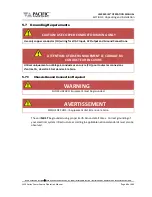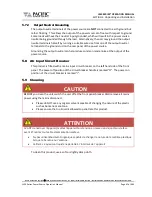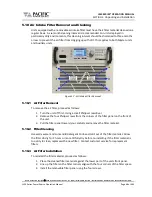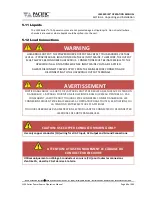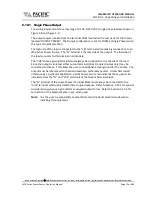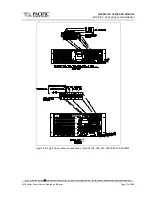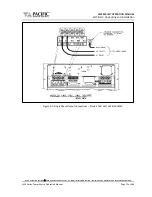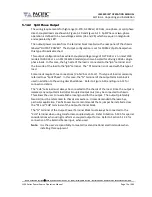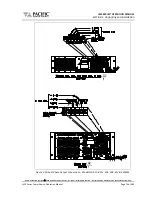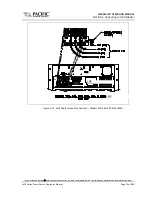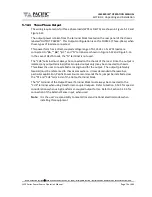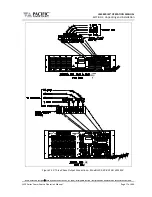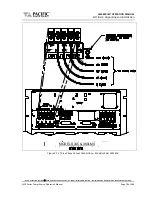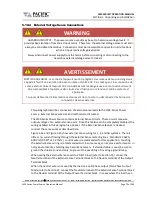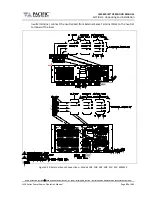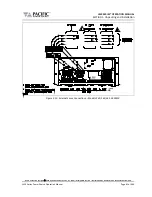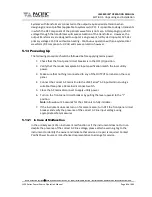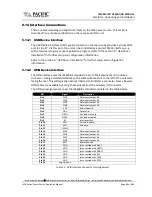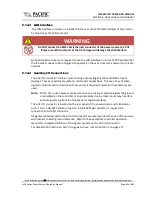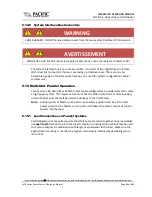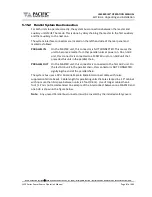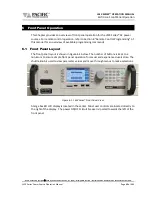
LMX SERIES® OPERATION MANUAL
Entire Contents Copyright
2018 by Pacific Power Source, Inc. (PPS) • All Rights Reserved • No reproduction without written authorization from PPS.
LMX Series Power Source Operation Manual
Page 73 of 463
5.12.2
Split Phase Output
The wiring requirements for high range (0-270, 0-300Vac) 220 Vac, one-phase, or split phase
direct-coupled loads are shown in Figure 5-10 and Figure 5-11. Split Phase or two-phase
operation is defined to be two voltage vectors (Va and Vb) which are equal in magnitude
and separated by 180°.
The output power is taken from the terminal block located on the rear panel of the chassis
labeled "OUTPUT POWER." The Output configuration is set for FORM 2 (Split phase) when
this type of load is attached.
This output configuration has a direct-coupled voltage range of 0-270 Vac L-L on most LMX
models (0-300 Vac L-L on 112/312LMX models) and is well-suited for driving 230 Vac single
phase loads. In this case, the high side of the load is connected to the "φA" terminal and
the low side of the load to the "φB" terminal. The "N" terminal is not used with th
is type of
load.
Some loads require three connections (Va-N-Vb or L1-N-L2). This type of load is commonly
referred to as "Split Phase". In this case, the "N" terminal of the output terminal block is
used in addition to the wiring described above. Refer to Figure 5-10 and Figure 5-11 for
connection details.
The "CHS" terminal must always be connected to the chassis of the load. Since the output is
isolated, any output terminal (direct-coupled output only) may be connected to chassis.
This allows the user to re-establish a local ground for the output. The output (preferably
Neutral) must be referenced to chassis somewhere. Unless demanded otherwise by a
particular application, Pacific Power Source recommends that a jumper be installed across
the "N" and "CHS" terminals of the Output Terminal block.
The "N" terminal of the Output Power Terminal Block must always be connected to the
"CHS" terminal when using transformer-coupled outputs. Refer to Section 5.12.5 for special
considerations when using transformer-coupled output forms. Refer to Section 5.12.4 for
connection of the External Sense Input, when used.
Note:
It is the user's responsibility to meet all local and national electrical codes when
installing this equipment.








